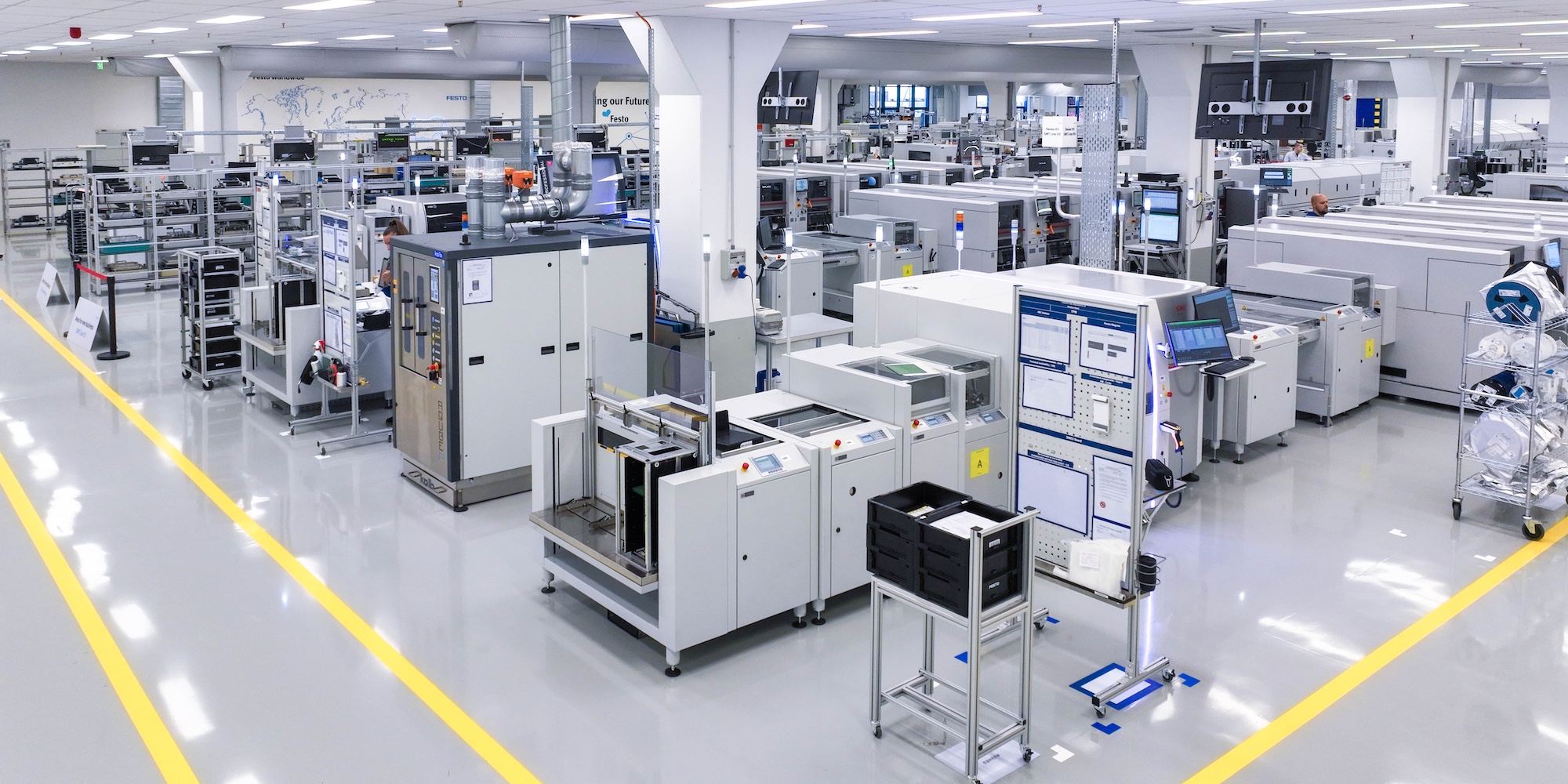
Work of many hands
INTERVIEW - Festo’s lean journey improved competitiveness by embedding Lean into daily operations, strengthening leadership engagement, accelerating innovation, and turning Bulgaria into an internal hub for innovation.
Interviewee: Kalin Dobrev
Roberto Priolo: For those unfamiliar with Festo, can you give us a quick overview of what the company does?
Kalin Dobrev: Festo is a global leader in automation technology, specializing in pneumatic and electric automation solutions, as well as technical education. We’re a €3.5 billion revenue per year company with a presence on every continent, including manufacturing operations in Europe, Asia, North and South America. Here in Bulgaria, we have over 1,000 employees. Around 800 of them work in Industrialization and Manufacturing, and more than 200 in our R&D center, which is steadily growing.
Our focus is on electronics and electric drives – everything involving electronics, including servo motors, stepper motors, and linear motors. That aligns perfectly with Festo’s strategic evolution. While a big portion of our revenue still comes from pneumatics, the future lies also in electric automation and software. That future is being built right here in Sofia, and we’re proud to be a key contributor of that shift.
RP: What prompted your lean transformation? What problems were you trying to solve initially?
KD: The key issue was competitiveness. Initially, we weren't under the pressure we see today from countries like China, but we knew it was coming. Customers were demanding more – more diverse products, shorter launch times, better cost-efficiency and quality. We realized we had to improve to stay ahead.
In the early days, we didn’t see dramatic results right away. But Lean gave us a foundation for change. Today, efficiency gains are central to our strategy. We use automation where it makes sense, but Lean Thinking remains the backbone because it empowers people and drives transformation.
RP: How did the transformation unfold? What were the major milestones?
KD: We started by setting up a pillar organization across our plants. Each plant had leaders assigned to key pillars – continuous improvement, TPM, quality, etc. Initially, this was a “second hat” role for department leaders, something they managed alongside their day-to-day work.
This gave us great tool-level results, but not systemic change. The turning point came when we integrated Lean fully into our daily operations. We moved from treating it as an extra responsibility to embedding it into our management system – with daily, weekly, and monthly meetings, KPI tracking, escalation routines, and strategy deployment.
That shift increased involvement and led to significant results. Leadership played a huge role here – especially top-down conviction that Lean was the right path. We also had to navigate a major transition, relocating mature product lines (connection cables, for example) to lower-cost destinations and focusing here on high-complexity, high-value products. Thanks to the lean mindset, we were successful in this transformation.
RP: You mentioned engaging people. What role did leadership play in making that happen?
KD: For me, it starts with walking the walk. When a transformation comes down from the top, I first work to convince myself it’s the right thing to do. Then I build the storyline, the urgency, and I stay consistent in both words and actions. People are always watching, and they need to feel that sense of confidence and stability.
I do a lot of communication, for example – town halls, extended leadership meetings, daily visits to the shop floor. I enjoy talking with operators and hearing their views. It’s about giving them a chance to perform, to succeed. That trust is essential. Once it’s there, the transformation becomes much easier.
RP: Festo is celebrating its 100th anniversary. What does innovation mean to the company in 2025?
KD: Festo has always been a highly technical company, and we’re proud of that. One of our owners once said, “Festo is the work of many hands,” and that spirit stays with us.
Today, innovation is about speed. Time to market is critical, so we’re working with a process called PDP (Product Development Process) that integrates manufacturing engineering with R&D from the start. This let us launch products faster.
We also focus on cost optimization. We don’t aim to be the cheapest, but we do need to stay competitive. In Bulgaria, we’re evolving from a satellite operation into a real innovation hub. There’s an expectation for us to generate patents, develop new products, and connect with markets. Our employees even chose a motto: “Driving our future.” That says a lot about the sense of ownership here.
RP: What role do you think Lean can play in Bulgaria’s economic future?
KD: I believe Lean is essential, as a mindset for adaptiveness. If a company or leader is open to Lean, they are also open to change and continuous improvement. That’s the first step.
Of course, the pace of transformation often depends on external pressure – a strong sense of urgency will naturally speed things up. And here in Bulgaria, I see a lot of excellent companies answering that call.
THE INTERVIEWEE
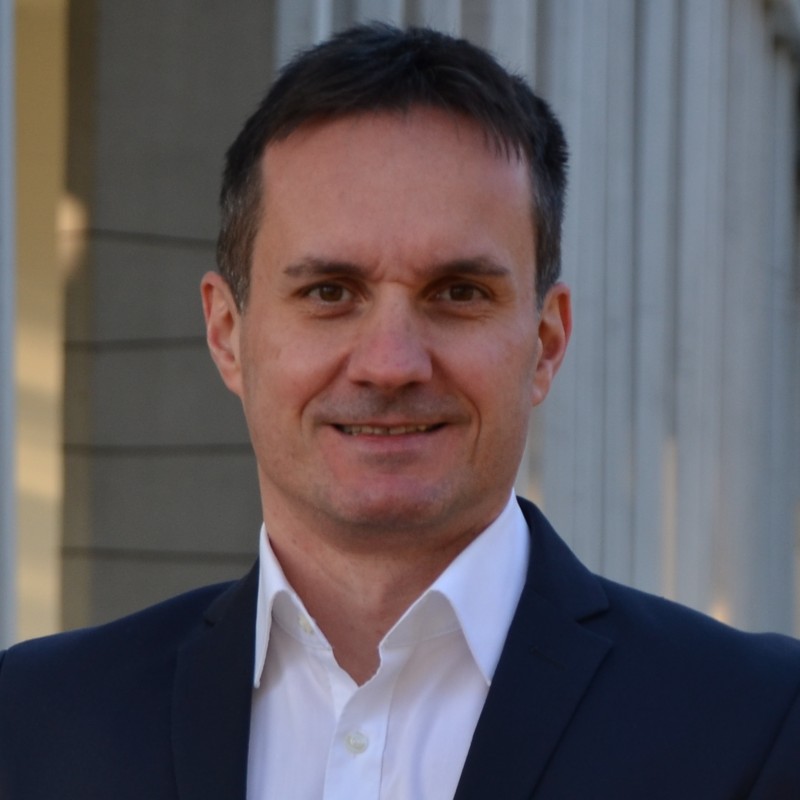
Read more
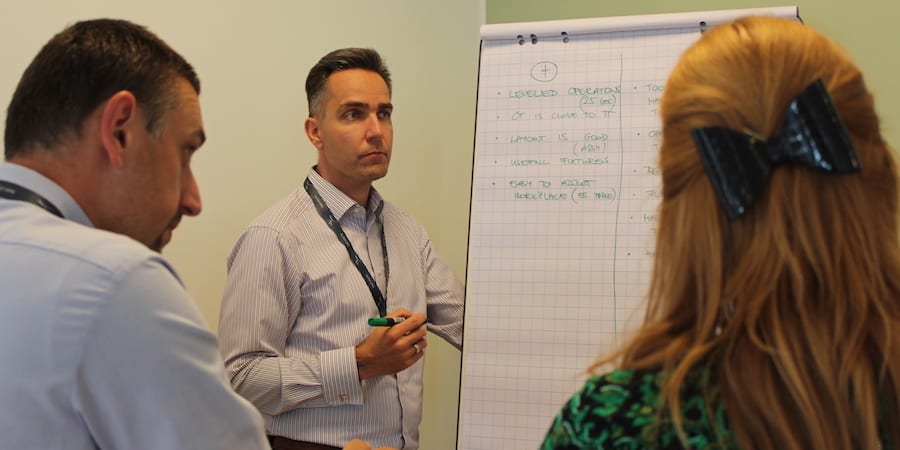

GETTING TO KNOW US – For our second interview with LGN directors, we travel to Hungary to meet the President of our affiliate institute there. He tells us his country’s need for good workers and how lean can make the difference.


INTERVIEW - To really change, an organization must use lean management as a strategic asset rather than just a set of tools. In this interview, Art Byrne talks about rewarding people and the process of transforming companies.


FEATURE - Presenting the key concepts in her latest book, the author tells us how to escape the feature frenzy trap and build products customers love.
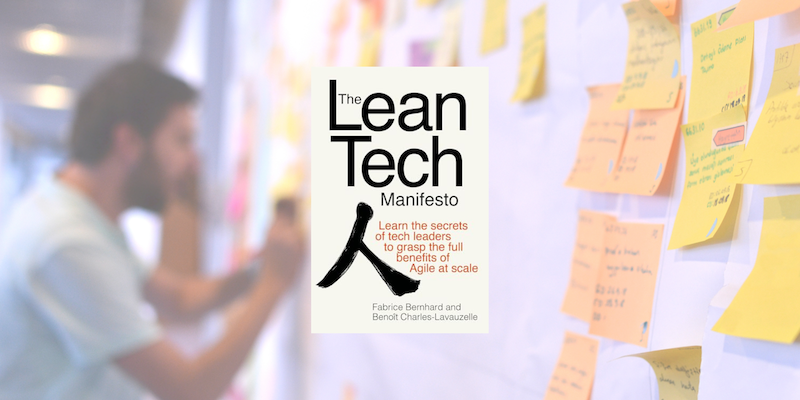

INTERVIEW – A recently-published book discusses how Lean is the only way for a company to scale while retaining an Agile culture. We talk to one of the authors.
Read more


INTERVIEW – AI will shrink companies and workflows, challenging human relevance. In a world of accelerating technological disruption, Lean Thinking and adaptability are more important than ever.


INTERVIEW – In the face of rapid change, UniCredit Bulbank embedded Lean Thinking to simplify work and empower front-line innovation, proving leadership thrives on teamwork, continuous improvement, and adaptable processes.
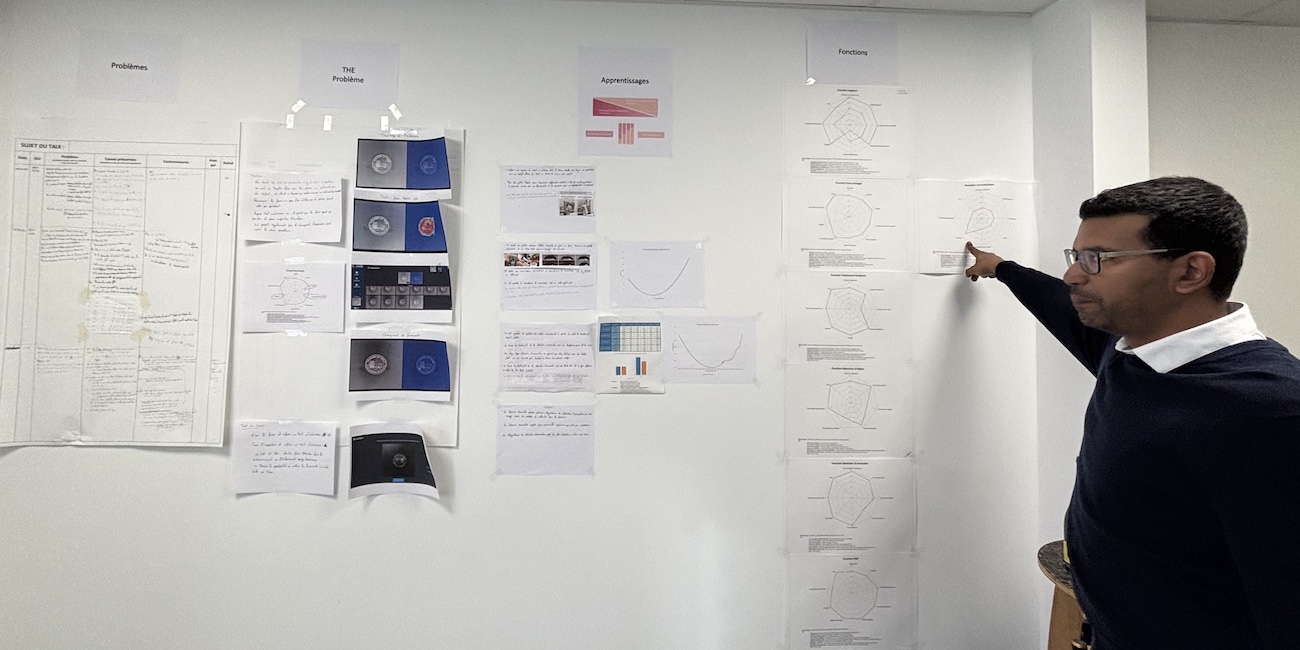

CASE STUDY – This French firm transformed its engineering approach through continuous learning, radical redesign, and user-driven innovation, evolving into a lean, resilient company with a strong culture of development.


FEATURE – Innovation is a process and lean thinking allows that process to take place, by empowering everyone in the company to think creatively about solving customer problems.

